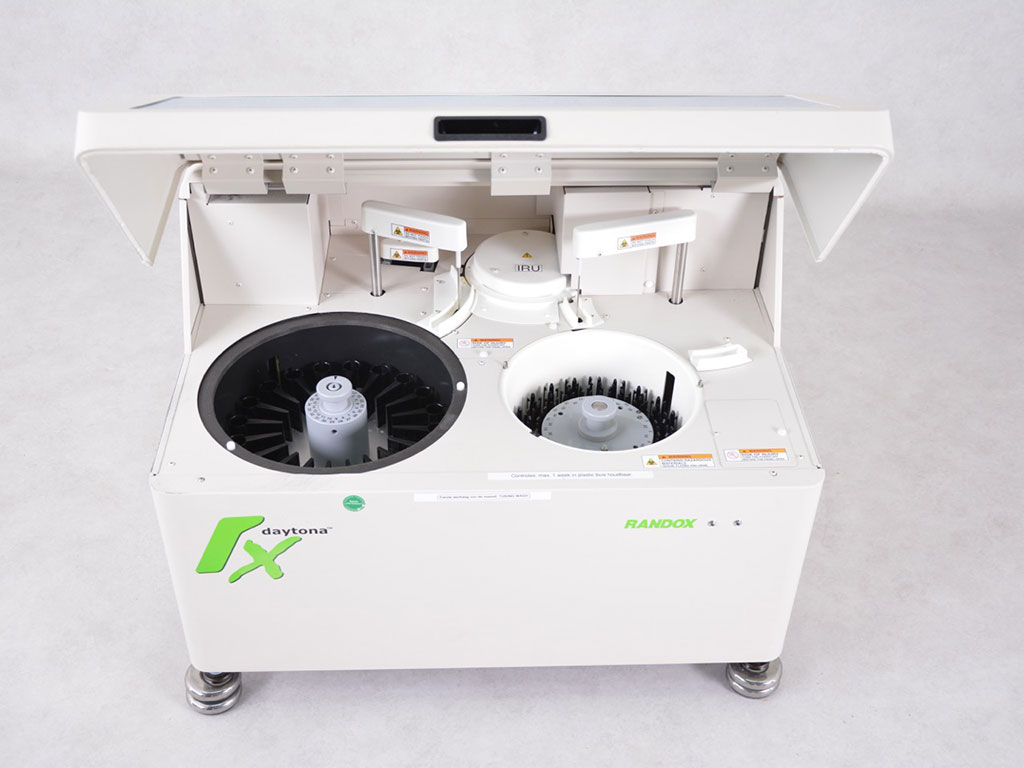Urine Testing Differentiates Glomerular from Tubulointerstitial Diseases on Kidney Biopsy
Posted on 22 Apr 2022
Histological examination of kidney biopsy tissue can help differentiate between glomerular and tubulointerstitial diseases, as well as differentiate between their underlying etiologies and subtypes.
Several clinical urine tests are available to differentiate between glomerular and tubulointerstitial diseases. Clinically available tests include urinalysis, urine sediment microscopy, and urine albumin, which can indicate glomerular damage via features such as urinary presence of isomorphic or dysmorphic red blood cells (RBCs) and casts, or presence of proteinuria or albuminuria.

Clinical Scientists at the Yale School of Medicine (New Haven, CT, USA) and their colleagues enrolled patients scheduled to undergo a clinically indicated kidney biopsy at two Yale-affiliated hospitals from January 2015 to June 2018. Urine samples were collected during the outpatient biopsy procedure visit or during inpatient hospitalization. The team performed urine dipstick analysis using Clinitek Status analyzer (Siemens Healthcare Diagnostics Inc., Tarrytown, NY, USA) which reported specific gravity, pH, protein, ketone, blood, and leukocyte levels on an ordinal scale.
The team also performed urine sediment microscopy (Laxco LMC4BF, Mill Creek, WA, USA) and took representative pictures at 10× and 40× magnification, which were analyzed and reported by a trained nephrologist on an ordinal scale including RBCs, RBC casts, dysmorphic RBCs, WBCs, WBC casts, renal tubular epithelial (RTE) cells, RTE casts, and granular casts. The investigators measured urine albumin and creatinine measurements using Randox RX Daytona machine (Crumlin, UK) and the other urine biomarkers using manufacturer-validated panels using the Mesoscale Discovery platform (Rockville, MD, USA).
The scientists reported that of the final 359 participants, 121 (34%) had a histological diagnosis of glomerular disease, 89 (25%) had tubulointerstitial disease, and 149 (42%) had mixed glomerular and tubulointerstitial disease. Compared to patients with tubulointerstitial diseases, those with glomerular diseases had more dipstick hematuria (3+ versus 1+) and urine albumin (1.25 versus 0.09 mg/mg). Patients with glomerular diseases had higher levels of tubular health biomarkers (Uromodulin, 1.22 versus 0.92). In a multivariable model, higher urine albumin, dipstick blood, and urine uromodulin were independently associated with higher odds of glomerular diseases (test set AUC, 0.81).
The authors conclude that urine tests, including urine albumin, dipstick blood, and urine uromodulin, was associated with the histological diagnosis of glomerular disease. These findings can help clinicians differentiate between glomerular and tubulointerstitial diseases and guide clinical decisions regarding a kidney biopsy. The study was published on April 11, 2022 in the journal Practical Laboratory Medicine.
Related Links:
Yale School of Medicine
Siemens Healthcare Diagnostics
Laxco
Randox
Mesoscale Discovery













